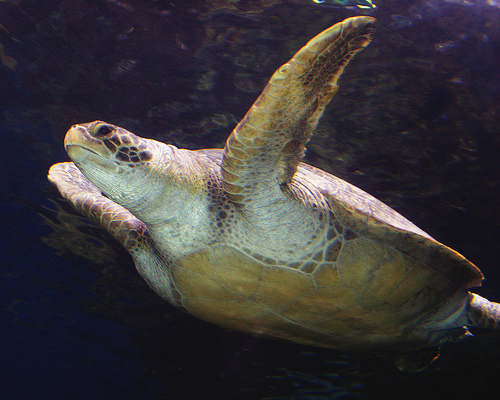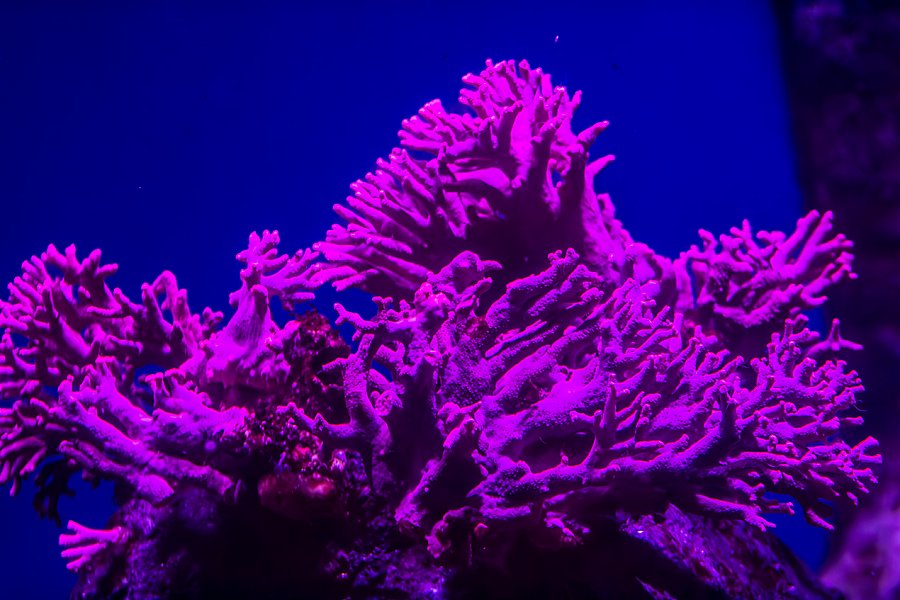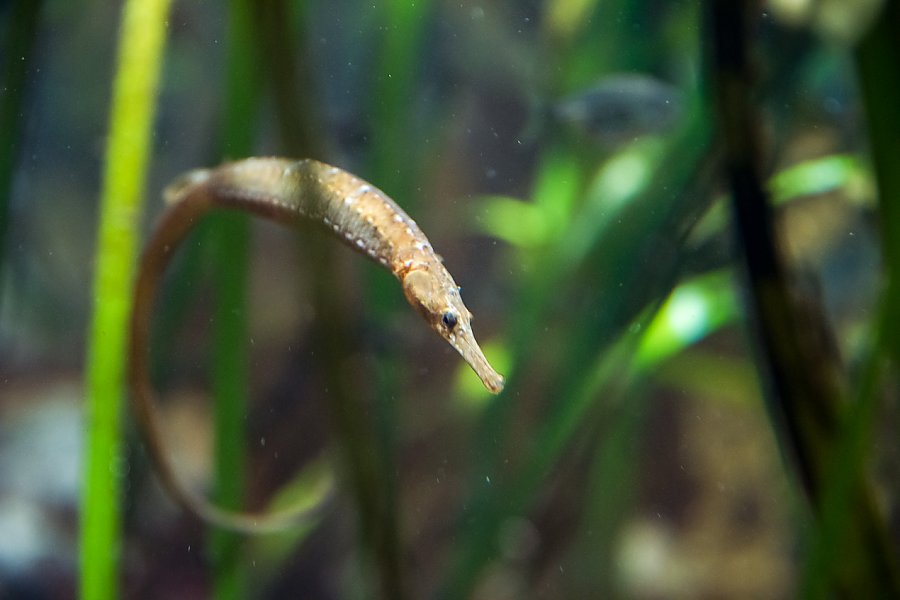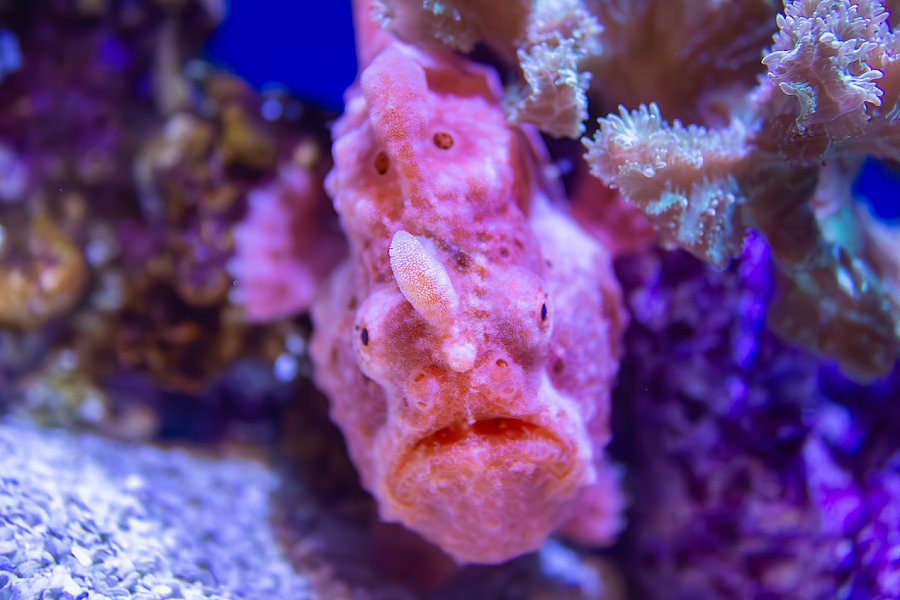
Ralphs
Discount tickets available at Ralphs for a limited time
Discover the warty frogfish and the bay pipefish as well as a coral endemic to California featured in the reimagined Southern California Gallery.

Credit: Aquarium of the Pacific/Robin Riggs
September 12, 2023

Credit: Aquarium of the Pacific/Andreas Miguel
The coast of California is home to a soft coral called the California hydrocoral (Stylaster californicus). Near the Aquarium, hydrocorals can be found at a dive site called Farnsworth Banks on the southwest side of Catalina Island. At first glance, these corals look like the typical coral one might find in warmer waters, but hydrocorals are a bit different.
Because hydrocorals thrive in the deeper parts of the ocean, these purple corals have adapted to feed on small zooplankton that might be floating around the water column and brought nearby via water currents. This means, unlike other corals, they require no sunlight. Guests can see hydrocorals in the Beauty in the Deep exhibit in the Southern California Gallery. Due to their deep-water habitat, notice how dark this exhibit is compared to the coral exhibits in the Tropical Pacific Gallery.

Credit: iStock.com/Hailshadow
Carefully scouring the sand, bay pipefish (Syngnathus leptorhynchus) use their small mouths to find tiny crustaceans. Their slender bodies and small fins help them blend in with the seagrass, a habitat where they are commonly found. Bay pipefish are syngnathids related to seahorses. Like seahorses, male bay pipefish carry the eggs of the young at the end of their bodies until ready to hatch. Guests can find bay pipefish in the Aquarium’s new Marine Meadows seagrass exhibit in the Southern California Gallery.

Credit: Aquarium of the Pacific/Andreas Miguel
Due to their coloration, these fish seemingly disappear into their environment. The warty frogfish (Antennarius maculatus) at the Aquarium is a pinkish red and may not be the easiest to spot, which is why it is part of the Hidden Potential exhibit in the Tropical Pacific Gallery.
Frogfish have fins like other fish, but their fins are adapted so they can push off the seafloor or rocks to help them move. This might be why it’s called a frogfish because its front pectoral fins look like a frog’s front legs. Warty frogfish have a jaw described as prognathous or protruding, meaning they can extend it outwards to help catch prey almost equal to their size.

Discount tickets available at Ralphs for a limited time